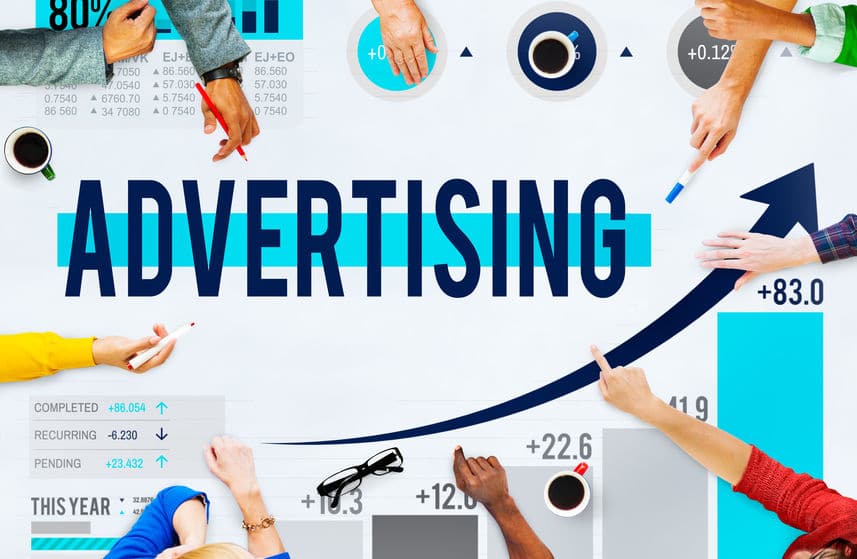A similar revenue model has been successfully propping up print
periodicals for at least two centuries. But, as opposed to their online
counterparts, print products have a few streams of income, not least
among them paid subscriptions.
Moreover, print media kept their costs down in good times and bad.
Dot.coms devoured their investors’ money in a self-destructive and
avaricious bacchanalia.
But why did online advertising collapse in the first place? Was it
ineffective?
Advertising is a multi-faceted and psychologically complex phenomenon.
It imparts information to potential consumers, users, suppliers,
investors, the community, or other stakeholders in the firm. It
motivates each of these to do his bit: consumers to consume, investors
to invest and so on.
But this is not the main function of the advertising dollar. Modern
economic signal theory has cast advertising in a new and surprising –
though by no means counterintuitive – light.
According to this theory, the role of advertising is to signal to the
marketplace the advertiser’s resilience, longevity, wealth, clout, and
dominance. By splurging money of advertising, the advertiser actually
informs us – the “eyeballs” – that it is here to stay, sufficiently
affluent to finance its ads, stable, reliable, and dominant.
“If firm X invested a million bucks in advertising – it must be worth
more than a million bucks” – goes the signal. “If it invested so much
money in promoting its products, it is not a fly-by-night”. “If it can
throw money at an ad campaign, it is stable and resilient”.
This signal is missing in online advertising. It drowns in noise. The
online noise to signal ratio was unacceptable to advertisers – so they
stopped advertising. When the noise to signal ratio tops a certain
level – ads cease to be effective. The readers or spectators become
inured to the messages – both explicit and implicit. They tune off.
The noise in online advertising stems from two sources.
A critical element in the signal is lost if the ad is not paid for. Only
paid advertising conveys information about the purported health and
prospects of the advertiser. Yet, the Internet is flooded with free
advertising: free classifieds, free banner ads, ad exchanges. The paid
ads drown in this ocean of free ads. There is often no way of telling a
paid ad from a free one – without reading the fine print.
Moreover, Internet users are a “captive audience”. It is easy to flip
ad-besieged channels on TV, or turn the ad-laden leaf of a newspaper. It
is close to impossible to avoid an ad on the Net. Banner ads are an
integral part of the page. Pop-up ads pop up. Embedded ads are embedded.
One needs to install special applications to avoid the harassment.
This leads to desensitization and a revolt of the user. Users resent the
intrusion, are incensed by the coercive tactics of advertisers, nerve
wrecked by protracted download times, and unnerved by the content of
many of the ads. This is not an environment conducive to clinching deals
or converting to sales.
There is also the issue of credibility. The bulk of online advertising
emanates from dot.coms. Even prior to the recent stock exchange
meltdown, these were not considered paragons of rectitude and truth in
advertising. People learned to distrust most of what they read in
Internet ads. Scorched by scams, false promises, faulty products, shoddy
or non-existent customer care, broken links, or all of the above – users
learned to ignore Web advertising and relegate it to their mental dust
bins.



